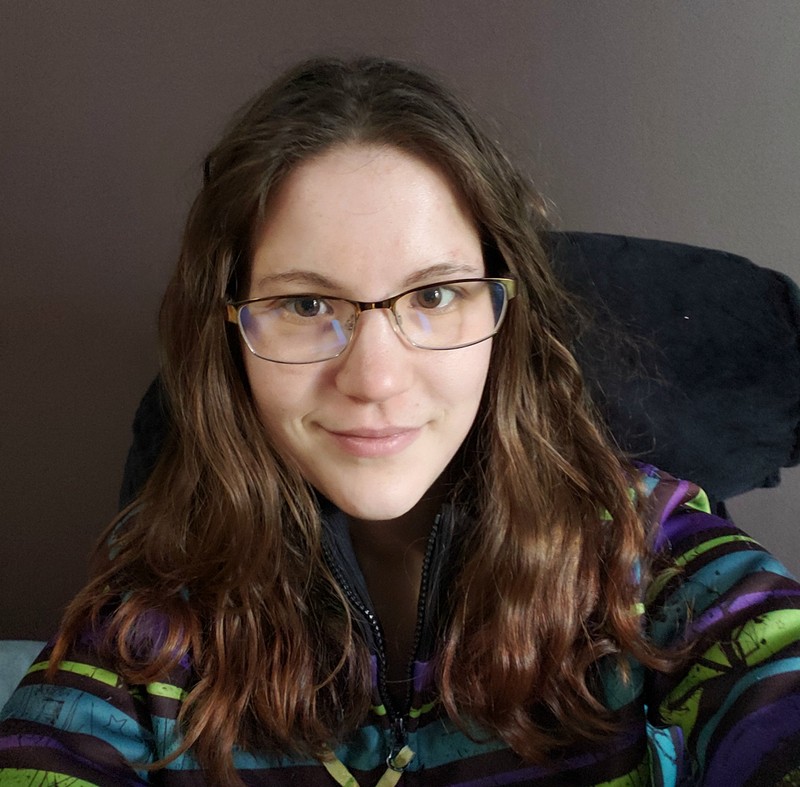Sarah caught our attention when she wrote an article titled, What is My SLO and How do I Test It?. Since then, the team has eagerly awaited more articles related to k6! I reached out and asked if she wanted to be part of the k6 Champions program, and lo and behold, she said yes! 💜
Now, let's get to know her a bit more!
Tell us a little bit about yourself
I have been a Site Reliability Engineer(SRE) for almost all my career and live in Bozeman, Montana. I am a big fan of anything that can make systems more reliable and measurable, and I love working with new technologies. I currently work at Veracode, helping build observability and automation.
What do you do outside of work?
Outside of work, I like to read, learn new stuff, snowboard, mountain bike, rock climb, and hike. I like to do anything outside, as long as I have a book in my bag!
What made you decide to become a k6 Champion?
As soon as I started using k6, I realized that the platform's flexibility, developer focus, and scripting capabilities make it ideally suited to solving many problems that SREs have been trying to solve for years. I started to use it for some POCs and quickly realized that I had to start writing up what I was learning to share with the community.
I decided to become a k6 champion because I want to give back to the development community and show people how to use k6 not just in development but to increase a platform's reliability, stability, and observability.
How are you currently helping the k6 community?
I’m writing a series of articles about how to use k6 for SRE work on my Medium blog. I am also starting work on some automation in open source that can use k6 to help with capacity management and observability of the entire platform.
Here are the articles I have written so far:
- Using Grafana k6 Part 1: Creating Your First Test
- What is My SLO and How do I Test It?
- If you Aren’t Using k6 you are Testing in Production
What do you love about k6?
First, the performance is great. I love that I can import it as a library, and write and reuse testing scripts. It’s easy to work with and easy to extend. The k6 documentation is great, and I love that it’s open-source.
k6 does a great job of allowing me to mock actual user behavior and then make use of that output in other scripts, which allows me to get much better performance metrics and make decisions driven by much better data. I also love how involved the k6 community is, and how excited everyone I have met is to work with such a cool project.
What’s your most favorite k6 feature?
I love the thresholds and that I can define different ones for tags and scenarios. I love that I can, for example, test multiple parts of my API in the same script and give each part a different threshold.
What advice would you give to someone who wants to become a k6 Champion?
If you love k6 and want to share your knowledge and experience with others, absolutely do it. You do it because you feel strongly about k6 and want to work on it and see it succeed. If you have that, it’s a great program, and you’ll have an awesome time.
About the k6 Champions Program
The k6 Champions Program aims to recognise performance testing experts within our community from across the globe and amplify their contributions. To learn more about this program, check out our launch blog post or visit our official k6 Champions Program landing page.
